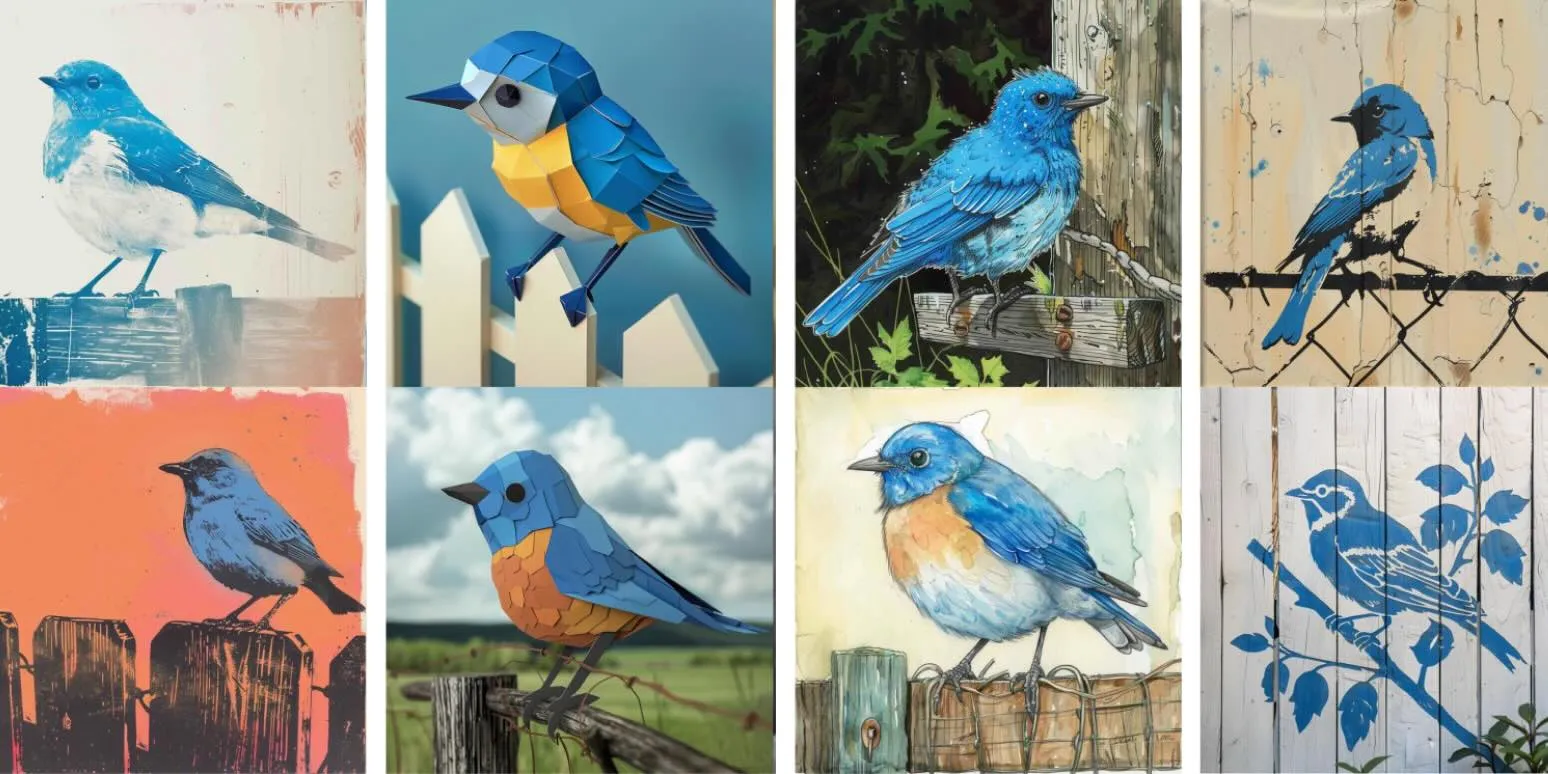Exploring 70+ AI Art Styles for Enhanced Creativity
As the world of artificial intelligence continues to evolve, artists and creators are increasingly leveraging AI to enhance their creative processes. Understanding different AI art styles can significantly improve the quality of your outputs when crafting prompts. Below, we present a comprehensive list of over 70 AI art styles, categorized for your convenience. This chart will not only guide your creative journey but also help in generating unique content that resonates with your audience.
AI Art Styles Chart
| Art Style | Description |
|---|---|
| Abstract | Focuses on shapes, colors, and forms to create non-representational art. |
| Surrealism | Combines dream-like elements with reality for a fantastical effect. |
| Impressionism | Captures the essence of a scene through light and color rather than detail. |
| Minimalism | Emphasizes simplicity and the use of space, often with monochromatic palettes. |
| Pop Art | Incorporates popular culture and mass media themes, often using bold colors. |
| Expressionism | Conveys emotional experiences rather than physical reality through vivid colors. |
| Futurism | Focuses on the dynamic aspects of technology and modern life. |
| Art Deco | Characterized by bold geometric shapes and vibrant colors, embodying luxury. |
| Realism | Aims to depict subjects as they appear in everyday life without embellishment. |
| Fantasy | Creates imaginative worlds and characters, often inspired by mythology. |
| Cyberpunk | Explores futuristic and dystopian themes, merging advanced technology with urban environments. |
| Gothic | Features dark themes, intricate designs, and often a sense of the macabre. |
| Baroque | Known for its dramatic use of light and shadow, with grandeur and opulence. |
| Renaissance | Emphasizes proportion, perspective, and humanism, often depicting historical themes. |
| Collage | Combines various materials and textures to create a new, cohesive artwork. |
| Geometric | Uses shapes and patterns to create visually striking designs. |
| Photorealism | Aims to create an image that is as realistic as a high-resolution photograph. |
| Traditional Japanese | Integrates natural elements and folklore in a distinct artistic style. |
| Street Art | Utilizes public spaces for artistic expression, often with social commentary. |
| Conceptual Art | Focuses on the idea behind the artwork rather than the aesthetic itself. |
| Digital Painting | Simulates traditional painting techniques using digital tools and software. |
| Vector Art | Uses geometric shapes and paths to create artwork that can be scaled infinitely without loss of quality. |
| 3D Art | Creates three-dimensional representations using specialized software. |
| Monochrome | Utilizes a single color in various shades to create depth and dimension. |
| Mixed Media | Combines different artistic mediums to produce a unique piece. |
| Illustration | Combines art and storytelling, often used in books and advertising. |
| Animation | Brings art to life through movement and visual storytelling. |
| Pixel Art | Creates images with a retro video game aesthetic through the use of tiny pixels. |
| Graffiti | Expresses urban culture and personal identity through spray-painted art. |
| Art Nouveau | Characterized by organic forms and flowing lines, often inspired by nature. |
| Naïve Art | Simple and childlike in style, often with bright colors and playful subjects. |
| Romanticism | Focuses on emotion, nature, and individualism, often with dramatic scenes. |
How to Use AI Art Styles in Your Prompts
Incorporating these AI art styles into your prompts can produce visually stunning and thematically rich outputs. Here are some tips to guide you:
- Be Specific: Specify the art style you want to emulate in your prompt. For example, "Create a surrealism piece of a dreamlike landscape."
- Combine Styles: Experiment with blending styles. For instance, "Generate a pop art piece with gothic elements."
- Utilize Descriptive Language: Use adjectives that reflect the style's characteristics, such as "vibrant," "dramatic," or "organic."
- Incorporate Themes: Align your themes with the art style. For example, "Create a fantasy scene that embodies the essence of impressionism.
By harnessing these techniques, you can enhance your content creation process and tap into the full potential of AI in art.
Conclusion
With over 70 AI art styles at your disposal, the possibilities for creativity are endless. Whether you're an artist, marketer, or content creator, understanding these styles can significantly elevate your work. Incorporate this knowledge into your AI prompts and watch your artistic vision come to life. Embrace the future of creativity with AI and explore the unique combinations that await you!





